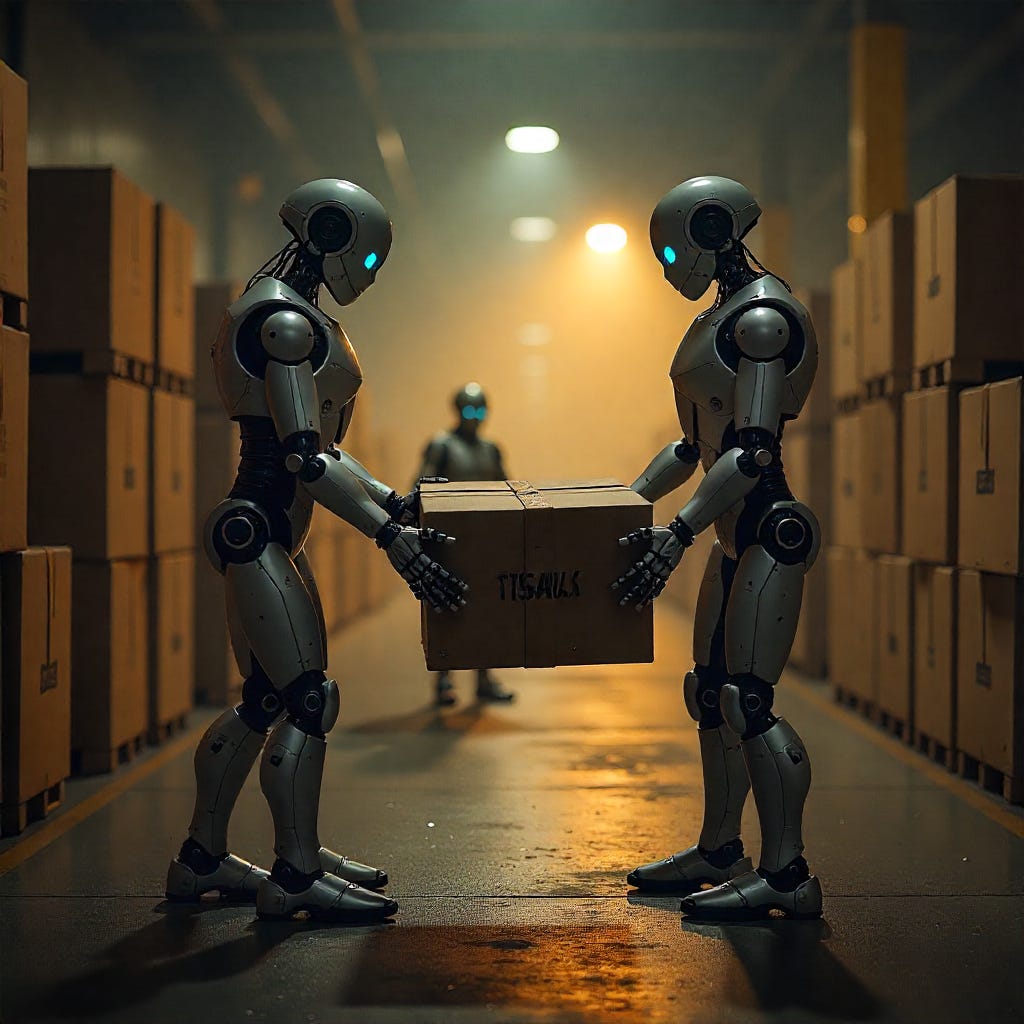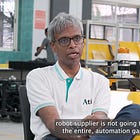Nextracker invests $40 million in AI and robotics, A3's Humanoid Forum, and more
Daily brief on news from the world of autonomous mobile robots.

A3’s Humanoid Robot Forum on September 23 spotlights future of manufacturing
A3’s Humanoid Robot Forum returns to Seattle on September 23, bringing together industry visionaries to explore the impact of humanoid robots in manufacturing. Attendees will discover advances in robotics, AI, and automation, learn from leading experts, and discuss how humanoid technologies promise to transform industrial efficiency, safety, and competitiveness.
Nextracker invests $40 million in AI and robotics for solar power plants
Solar tracker leader Nextracker launched a major AI and robotics initiative, investing over $40 million to acquire OnSight Technology (autonomous inspection), SenseHawk IP (AI-powered site mapping), and Amir Robotics (robotic cleaning). The company appointed Dr. Francesco Borrelli as its first chief AI and robotics officer, aiming to boost performance, reliability, and ROI for global solar power plants.
PCS Software to launch Cortex AI for transportation management on September 25
PCS Software will debut Cortex AI, a fully embedded artificial intelligence engine for its transportation management system (TMS), at its Customer Summit on September 25. Cortex AI promises to automate dispatch, routing, scheduling, communications, and insights for carriers and shippers, driving greater operational efficiency and profitability by transforming data into actionable decisions.
Researchers create drones capable of flying stably in air ducts
A French research team demonstrated small quadrotor drones that can safely fly inside air ducts as narrow as 35cm. By mapping airflow forces and identifying stable flight zones, then using lasers and AI for precise positioning, they enabled stable inspection flights. This breakthrough paves the way for safer industrial inspections in confined, hard-to-access environments.
Robots learn fear-inspired risk assessment for safer navigation
Researchers have developed robots that use fear-inspired mechanisms, akin to human instincts, to rapidly assess and avoid risks. Emulating snap judgments allows robots to react to danger more efficiently, improving their safety in unpredictable environments. This innovative approach could make robots more adept at real-time decision-making and safer to deploy in dynamic or hazardous situations.


